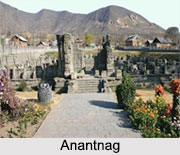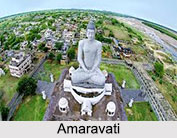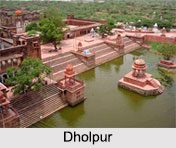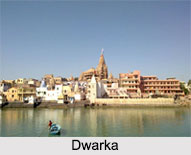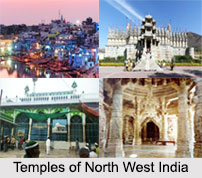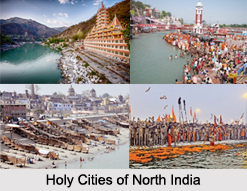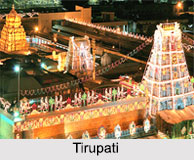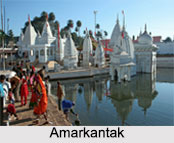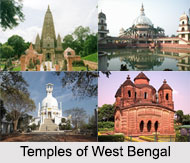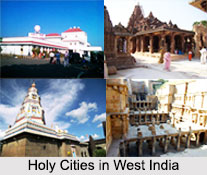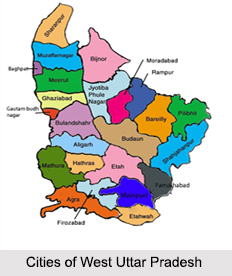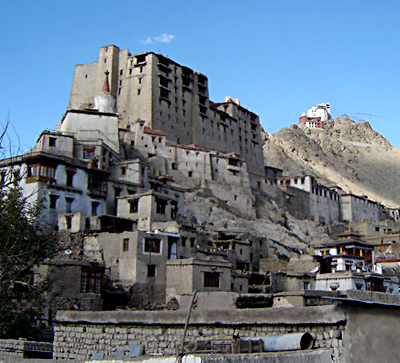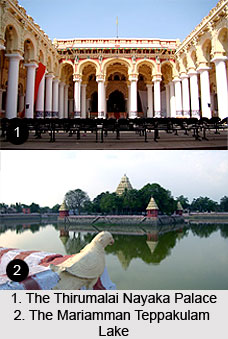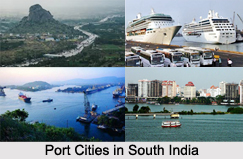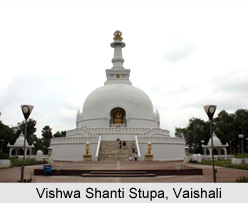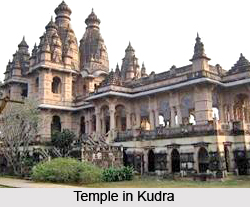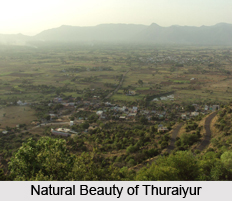 Akole is a census city and taluka in Akole tehsil of Ahmednagar district in Maharashtra.
Akole is a census city and taluka in Akole tehsil of Ahmednagar district in Maharashtra.
Location of Akole
Akole is situated surrounded with the Sahyadri Mountains of Western Ghats Mountain Range in India.
History of Akole
Akole is a dwelling place to several historical sites notifying its contribution in medieval history and culture of Maharashtra.
Geography of Akole
Akole is popular for the presence of the river like Pravara River, which is one of the major tributaries of Godavari River with historical and mythological references. Wilson Dam also known as Bhandardara Dam was built in 1910 at about 150 metres (490 ft) above sea level. It forms like the Umbrella Falls, waterfalls in the shape of an umbrella.
Tourism in Akole
The tourism of Akole includes the Randha Falls, Nilwande Dam and Wilson Dam.
Randha Falls
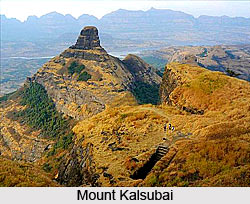 Randha Falls is a 45 metres (148 ft) high waterfall, located about 11 kilometres (6.8 mi) from Wilson Dam. The flowing water is converted into hydroelectricity. It is the famous tourist spot at Bhandardara, the falls have been a backdrop in shooting of Hindi movies such as Maine Pyaar Kiya and Raju Chacha.
Randha Falls is a 45 metres (148 ft) high waterfall, located about 11 kilometres (6.8 mi) from Wilson Dam. The flowing water is converted into hydroelectricity. It is the famous tourist spot at Bhandardara, the falls have been a backdrop in shooting of Hindi movies such as Maine Pyaar Kiya and Raju Chacha.
Nilwande Dam
Nilwande Dam is another dam built on the Pravara River for hydro-electricity generation.
Kalsubai
Kalsubai is the highest Peak in Maharashtra 1,646 metres (5,400 ft).
Ghatghar
Ghatghar is a famous viewpoint which is situated at 22 kilometres (14 mi) from Bhandardara and offers excellent views of the Sahyadri range and is home to the 1st project of Udanchan Hydro-power Project of capacity 250 MW.
Kokan Kada
Kokan Kada is located near Harishchandragad. It is a flat, sharp and deep edge of mountains Konkan Kada
Agasti Rishi Ashram
Agasti Rishi Ashram is situated on the banks of Pravara River. This legendary place finds mention in the Ramayana. It is believed that Lord Rama, Lakshman and Sita visited Sage Agastya here. The Rishi had then offered Lord Ram a miraculous arrow which he used to kill Ravan.
Amruteshwar Temple
 Amruteshwar Temple is located at the start of the Ratanwadi village. It is considered to be over 1,200 year old dedicated to Lord Shiva as the main deity. The Amruteshwar Temple has been constructed in Hemadpanthi architectural style with beautiful rock carvings on the main shrine.
Amruteshwar Temple is located at the start of the Ratanwadi village. It is considered to be over 1,200 year old dedicated to Lord Shiva as the main deity. The Amruteshwar Temple has been constructed in Hemadpanthi architectural style with beautiful rock carvings on the main shrine.
Sri Gajanan Maharaj Mandir
Sri Gajanan Maharaj Mandir is devoted to a 19th Century saint from Shegaon.
Jagdamba Temple
Jagdamba Temple is situated at Tahakari village. This temple is one of the popular tourist attractions in this region.
Hemadpanthi Temple
Hemadpanthi temple is one of the decorated temples of West India with beautiful sculptures of Apsaras. This temple is similar in style to the Khajuraho temples of Madhya Pradesh. The main deity of Jagadmba is made up of wood. It is one of the most famous temples in the Ahmednagar District of Maharashtra. Hemadpanthi temple is situated on the bank of river Aadhala. The festival of Jagdamba Mata organized by local people can be seen two times in a year- Chaitra Pournima- two days Yatra festival, on this occasion many people from nearby villages, district and state came to take Darshan of Jagdamba. Navratri is a 9 nights festival of Jagdamba Mata, on this occasion continuous worship of Goddess Jagdamba is performed by local people can be seen.
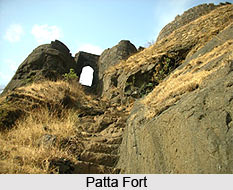 Patta Fort
Patta Fort
Patta Fort is also known as Vishramgad. The Kalseshwar Temple in Kalas near Akole is a beautiful temple on a mountain surrounded by the Pravara River.
Harishchandragad
Harishchandragad is a trekking point and the view point to enjoy trekking for any adventure lovers. The Fort of Ratangad is one of Shivaji`s favourite forts. There is a scenic site near Koltembhe, a small village at the foot hills of Ghanchakkar peak. And Deothan is a scenic village with a number of Temples located 12 kilometres from Akole.
